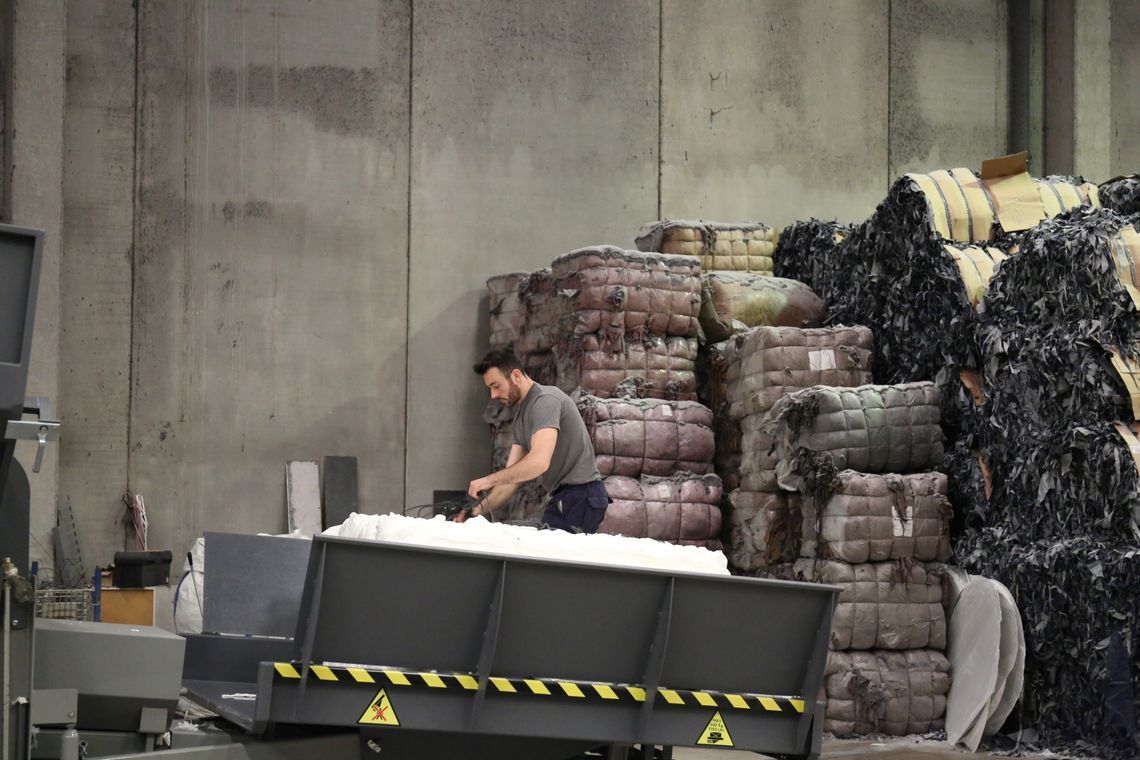The Journey
Follow the product journey, seed to shop.
Our Restore merch products is made in partnership with a award winning company in the innovation category. Scroll down to see the story of the most recent products shipped and meet the people who made it.
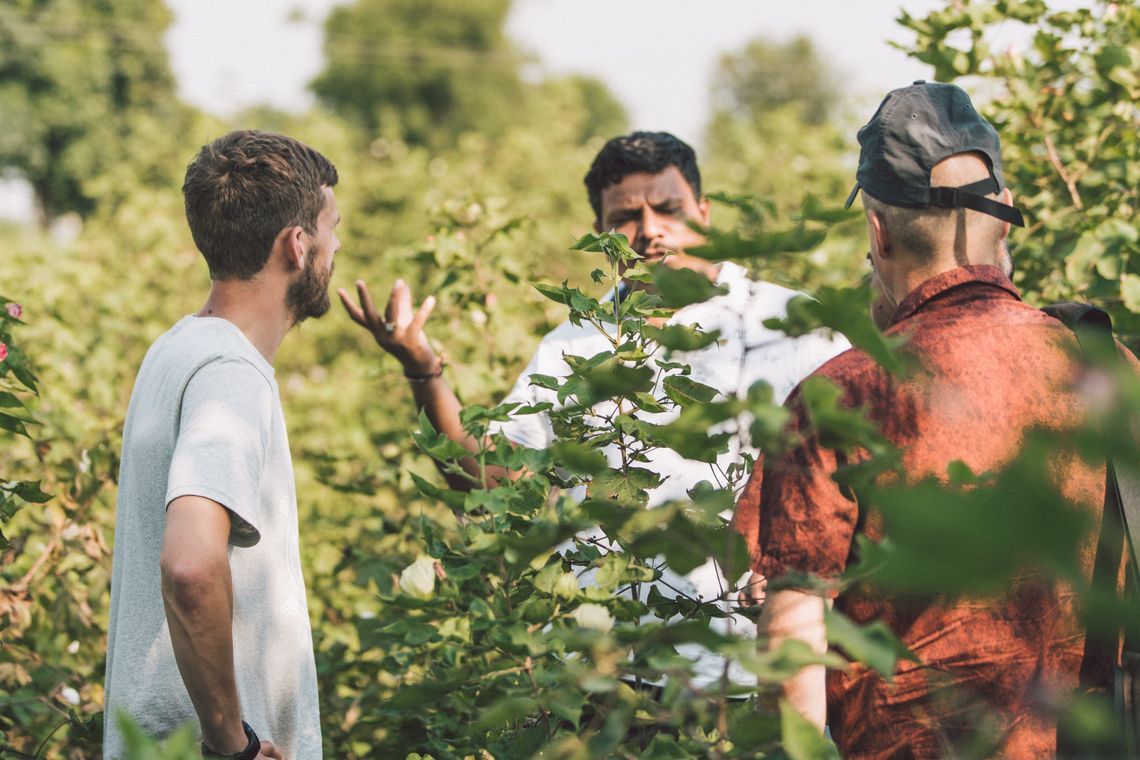
Organic Farming
Organic cotton is better for the producers and the ecosystem in which it is produced. Instead of more toxic pesticides and fertilisers, co planting and insect traps are used along with the special ingredient - cow poo. It encourages biodiversity and leads to the extra soft feel of our products.
Less inputs also means less water, but even organic cotton is still a thirsty crop. So where you grow it matters. The fields that grow the organic cotton for our products are in the North of India, where the monsoons fill reservoirs that supply almost all the water needed.
-
Rain water, co planting, insect traps and cow poo
-
GOTS certified organic
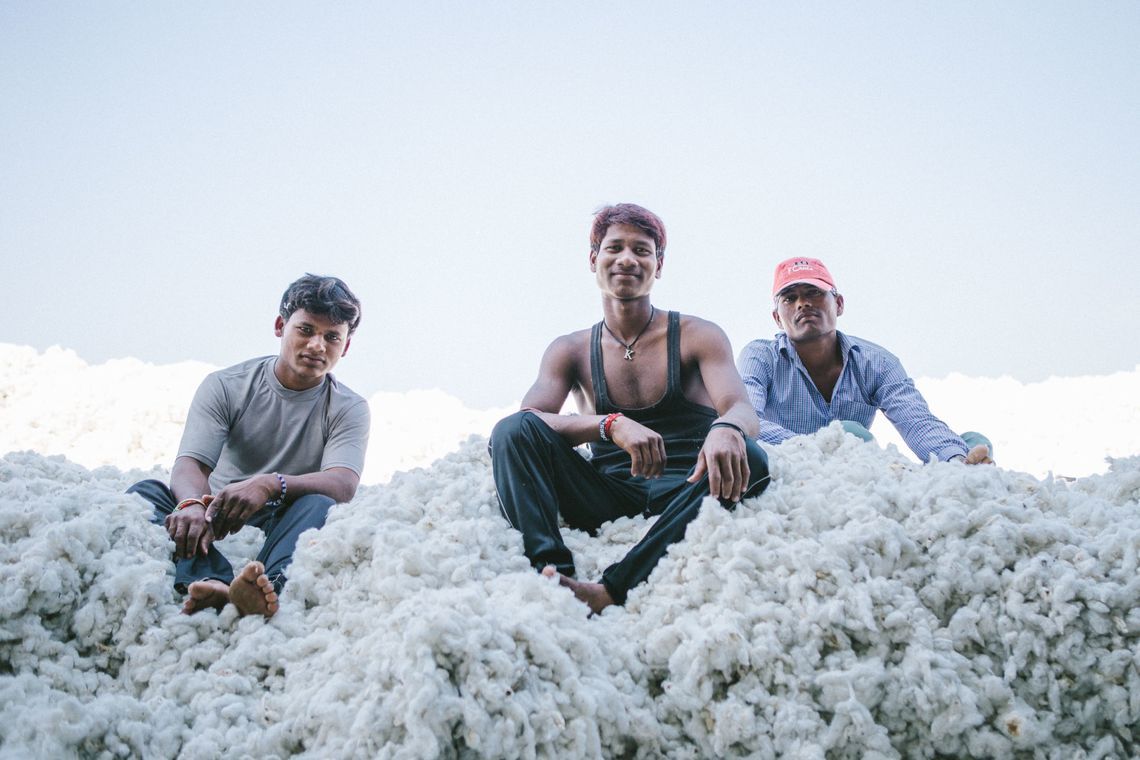
Processing
Organic cotton looks like a little bit of cotton wool bursting from a dry flower. The petals and seeds need to be removed before it can be spun. Harvested organic cotton is taken to ginning plants by camel or by truck. From there the raw material is separated out into the useful fibres which are sent to be spun. The waste seeds are pressed into cakes which is sold for organic cow feed. Vegetable oil is squeezed out last for use in food products. Every part of the plant is used.
Cotton farmers get a price for their cotton which is guaranteed by the regional government. Great quality batches get higher prices as ginners compete for the best stuff.
-
Energy in
-
Cow food out
Water clean enough to drink
Wastewater from dyehouse effluent is a major source of pollution in the clothing industry. Where our products are dyed, the water is recovered, cleaned and recirculated. After settling and skimming the water is filtered using reverse osmosis and distillation. This is basically sucking up water through really fine sand over and over, then boiling it.
Salt is added back in so that the dye adheres and all the cruddy mulchy stuff left over is dried out and used for road markings. About 95% of the water is recirculated and recovered.
At the end, the water coming out of the filters and going back round to be reused again is crystal clear, literally clean enough to drink. Once it has been cleaned it is then used at the input for the next batch. It is a closed loop system.
-
Recirculated water
-
Clean, filtered and reused
-
Wastewater is drinkable

Making Products
Our products are made in a factory where the spinning, dye, weaving, cut and sew are integrated. Vertical integration leads to cost savings which can be reinvested in the facilities. This means that the environment is clean, light, modern and positive.
Our reputation for consistent quality is a large part down to 21st century manufacturing principles at this stage and the fact that people and product don't travel along a complex supply chain. We believe that you deserve full supply chain transparency.
This also makes it easier to ensure compliance, and this factory is audited for a wide range of social and sustainability criteria. The plant is powered by renewable energy.
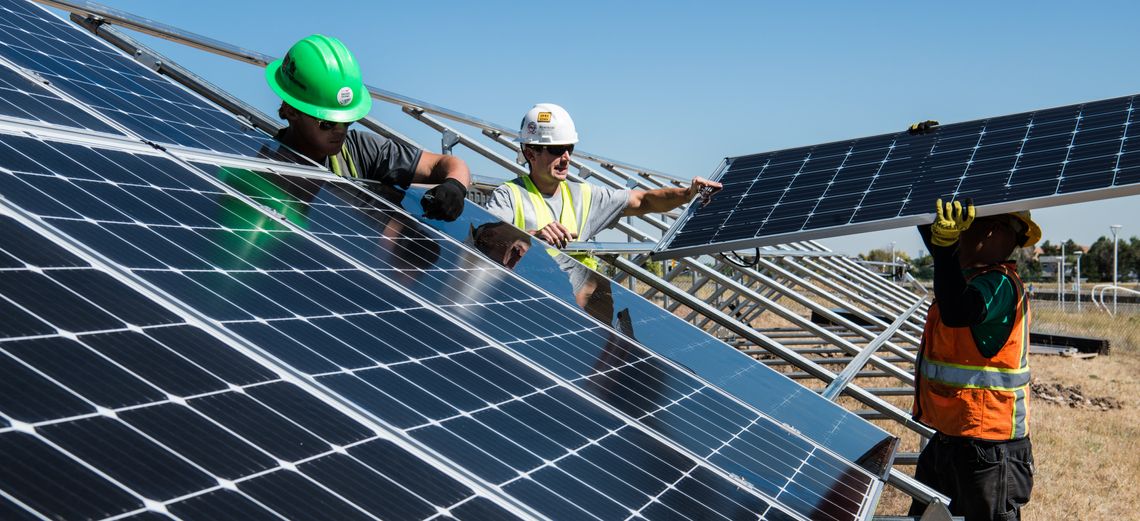
Renewable Energy
Throughout our supply chain renewable energy is used. In the our supplier owns a solar farm and power manufacturing operations with renewables. In India, the factory owns two wind farms and a 150kw PV array. Renewable energy is affordable, reliable and something we are committed to using.
Within the factory machine-to-machine communications technology allows us to dynamically turn equipment on and off only when it is needed, balancing our manufacturing demand with on site generation.
Real-time printing
Our supplier develop technology at their factory to improve all aspects of t-shirt printing. This includes working on lower impact inks, software, machinery and automation technologies. It enables us to make products in real time. At the factory, products are only made after they have been ordered - there is no waste.
The efficiency and productivity gains from tech balances the cost of more sustainable materials. Tech is how all this is made affordable.
-
High-tech, low waste
-
Certified GOTS organic
-
Open access technology

Packaging
By 2050 there will be more plastic in the ocean than fish. This is bad. Instead of plastic packaging, we use a rip and splash-proof mailer bag made out of paper. Big orders come in cardboard boxes, with paper-based tape.
-
Funky paper wrapping
-
Recycled material stickers
-
Plastic free packaging
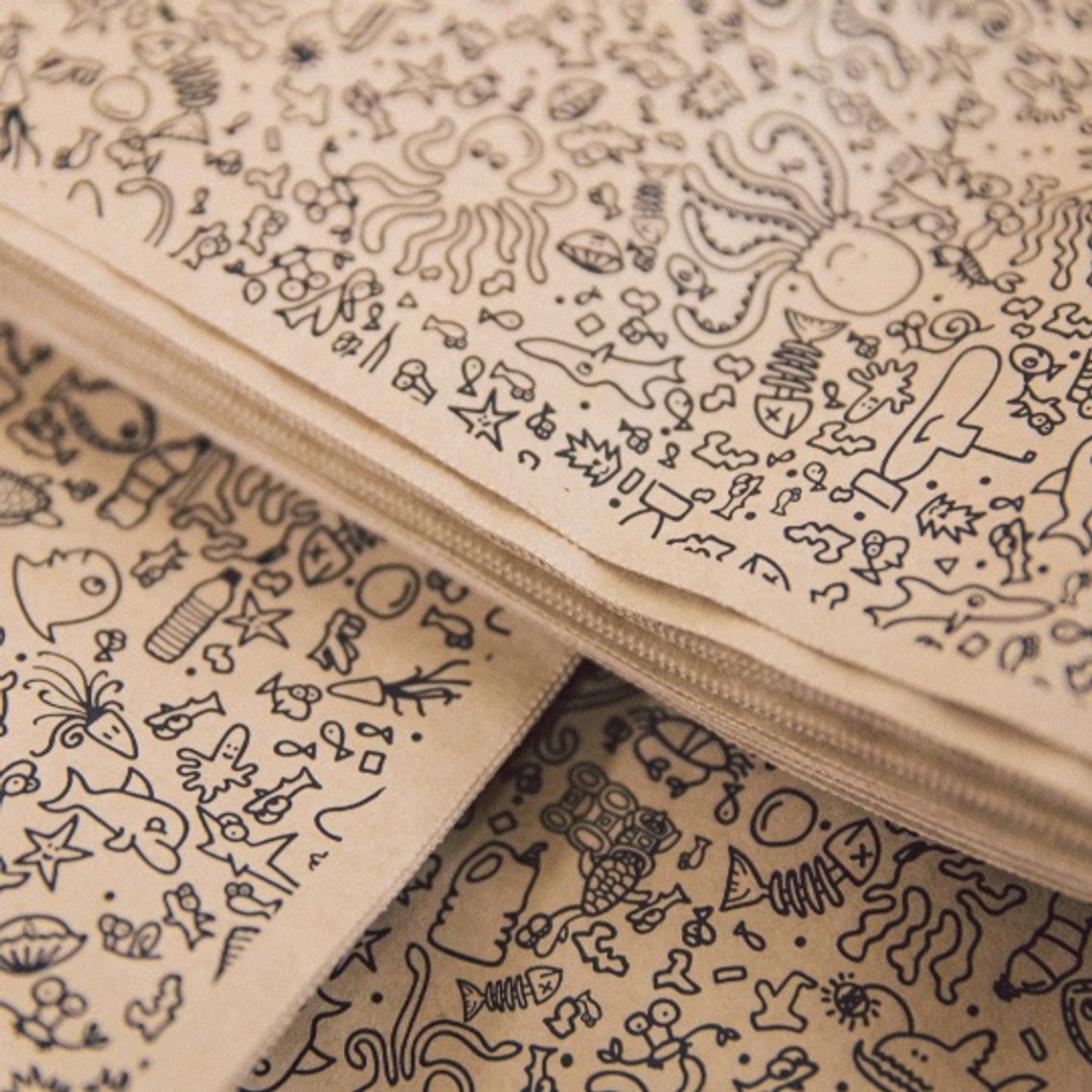
Our Circular Economy
Every year 100 billion new items of clothing are produced while a truck full of clothing is burned, or buried in a landfill every second. Slowing fast fashion down a bit won't fix it. But when we take the waste material at the end, and make new products from it at the start, it changes everything. That's what we've done.
Our products and packaging produced are made from natural materials, not plastics. Every product is designed to be sent back to our factory when it is worn out.
We make new products from the material we recover, and the cycle itself is renewable. Our products can be returned and remade again and again and again.
A pure material makes remanufacturing possible, and means products that are softer, and harmless to the environment.
-
Products designed to be remade again
-
No plastic, just organic cotton
-
We remake new products from old material
More sustainable supply chains are only possible when conscientious shoppers buy the products they want to see in the world.

